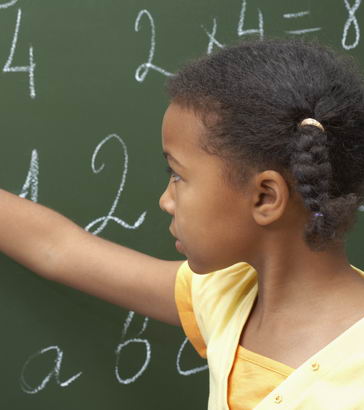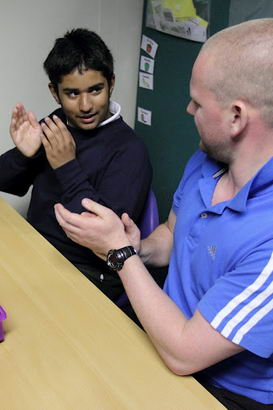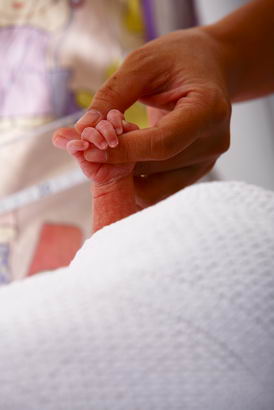Development is the gaining of skills in all aspects of the child's life.
Bulman and Savoury, 2006
Development is usually thought of in terms of 'developmental milestones' which are associated with key skills that appear as the child matures.
It is important to be aware of the usual ages for developmental milestones in different areas (social, emotional, communication, cognitive, perceptual, and physical) and to monitor children's emerging skills to make sure that they are developing as expected (the age band given is always an average age and should be used as a guide only).

[Typical] development follows a recognized sequence in most children. Children have to acquire certain
skills before being able to move on to the next skill (for example, the development of head control is a prerequisite for
sitting)...observations of children have given us the typical sequence of acquiring developmental skills, as well as the range
of expected ages for key developmental skills (known as 'milestones'). It is on these that we base our decisions about whether
a child is developing normally. There are, of course, significant variations within the 'normal' range.
Howard, 2007
Developmental skills can be grouped into different categories. In this Childhood developmental milestones table, Kirby (2012) has categorised key developmental skills into four areas:
- Language and reading development;
- Physical and motor development;
- Social and emotional development;
- Cognitive development.
It is important to remember that the rate of development varies:
- From child to child;
- Within each child.
This means that not only do children develop at different rates, but they may develop more quickly in some of the areas mentioned and be slower to develop in other areas.

'Red flag' guides alert parents and professionals to the ages by which certain key developmental skills should be seen.
If they are not, it may be an early sign of difficulties or disabilities, and the child should immediately be referred
to a
health specialist.
Early intervention to offset delayed development gives a child their best chance of overcoming or lessening the long term effects. Some interventions need to take place before a certain age to be effective.
Read the red flags column of the Childhood developmental milestones.
This will enable you to get a better sense of the 'red flag' ages for different skills.

Child development is broken down into different stages. People define the stages in slightly different ways (see Level A). Here is one version:
- Prenatal: From conception to birth (280 days)
- Neonatal: From birth up to 4 weeks of age
- Infancy: The first 2 years of life
- Early childhood: From 2 to 6 years
- Middle childhood: From 6 to 12 years
- Late childhood (Adolescence): From 12
to 18 years
(Abdel Rahman, 2011)
From birth until 16 years of age, children experience massive changes:
- Growth: Their weight has increased from 3-4 kg at birth to an average of 65 kg for a young man, and their height from around 35 cm at birth to around 155 cm.
- Motor skills: From making automatic and poorly controlled movement at birth, the 16-year-old has complex movement abilities, and uses advanced technical equipment.
- Communication: From being unable to talk, the young person becomes an able communicator.
- Life skills: Helpless at birth, the 16-year-old has gained all the basic life skills for independent living.
(Bulman and Savoury, 2006)
Before birth
- Infections and toxins: infections, drugs, alcohol
- Ischaemia (interrupted blood flow to the brain)
- Nutrition
- Genetic factors: chromosomal disorders, single gene defects
After birth
- Social environment
- Personality
- Emotional factors: interaction with caregivers
- Cultural factors
- Nutrition
- Parenting
- Physical health

Enriching children's development is skilful work, and practitioners need training and professional support to do it well. They will need to be confident in:
- Assessing and making decisions about children's individual needs;
- The different ways of personalising learning for individual children;
- Identifying children who are at risk of developmental delay.
(Evangelou et al, 2009)

Abdel Rahman, S.A. (2011) Pediatric physical therapy, Riyadh: King Saud University.
Bulman, K. and Savoury, L. (2006) BTEC First Children's Care: Learning and development. Harlow: Heinemann.
Evangelou, M., Sylva, K. and Kyriacou, M., Wild, M. and Glenny, G. (2009) Early Years Learning and Development: Literature Review. Annesley: DCSF Publications (accessed 12.1.12).
Howard, D. (2007) Child development and developmental problems, in: Levene, M.A. (ed.) MRCPCH Master Course. Oxford: Churchill Livingstone.
Kirby, A. (2012) Childhood developmental milestones, Newport: Dyscovery Centre, University of Wales.